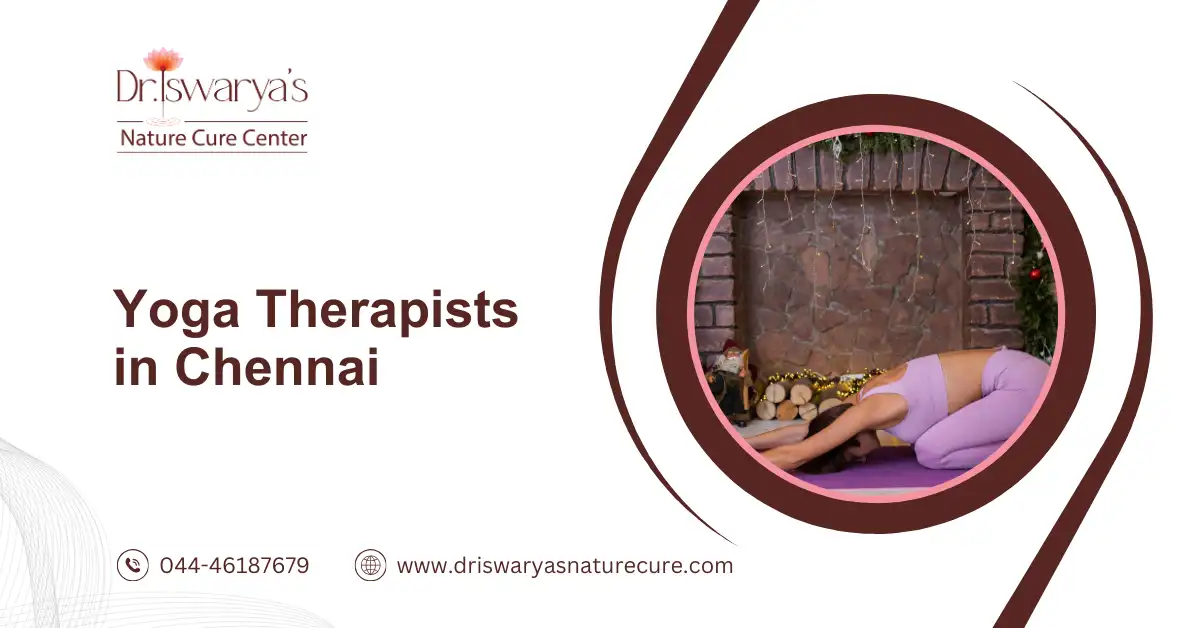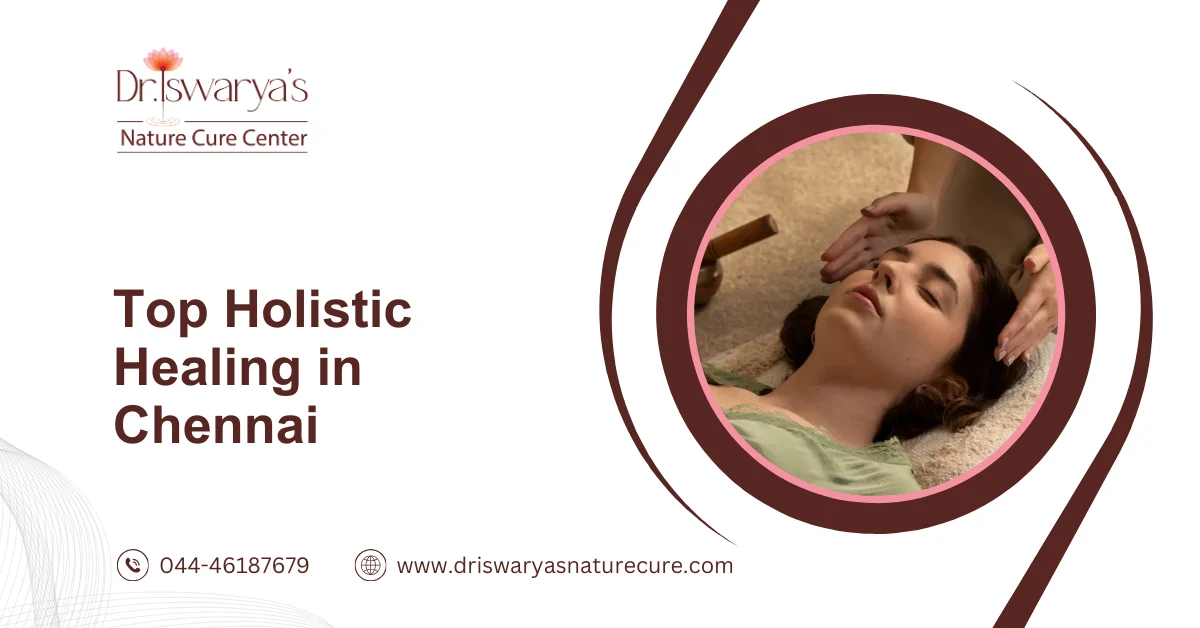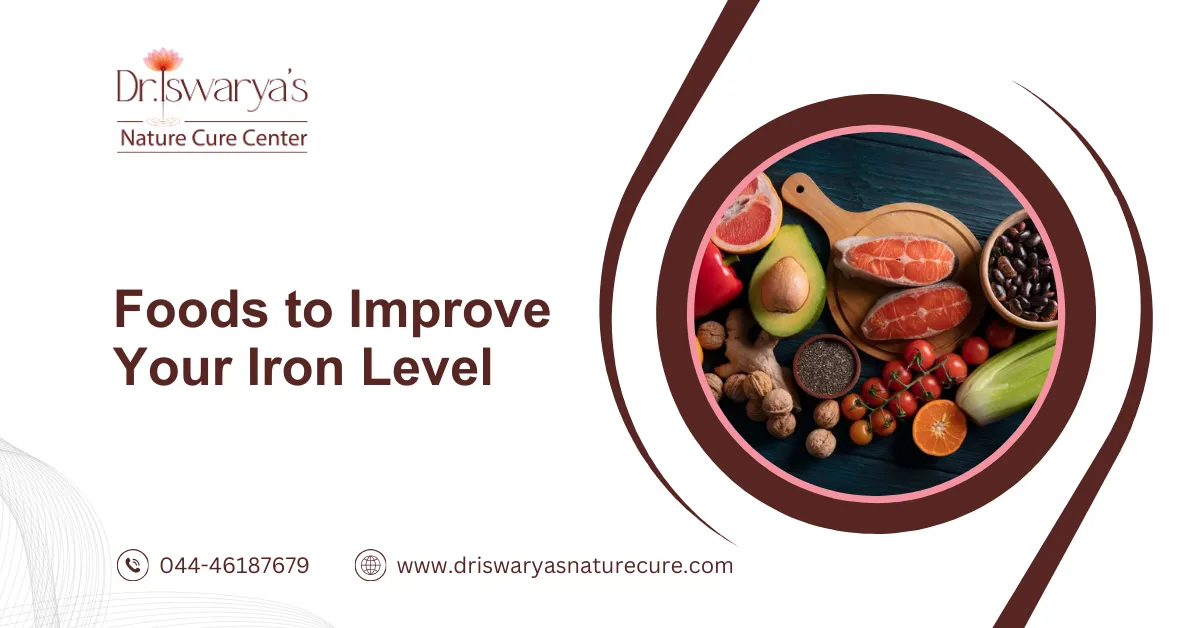Yoga & meditation have been practiced for thousands of years and are known for their holistic approach to physical, mental, and emotional well-being. Originating in ancient India, these practices have gained global recognition for their numerous health benefits. Studies have shown that regular engagement in yoga and meditation can help reduce stress, improve flexibility, and promote mental clarity.Yoga encompasses various physical postures (asanas) and breathing exercises (pranayama), while meditation involves focused attention to achieve a calm, clear state of mind. Together, they form a powerful combination for enhancing overall wellness. These practices not only promote relaxation but also foster self-awareness and emotional balance, making them essential tools in modern life to combat stress and health challenges.
Therapeutic Yoga for Healing
Therapeutic yoga is an approach that uses specific yoga poses, sequences, and breathwork to aid in healing various physical and emotional conditions. It is commonly used to relieve chronic pain, enhance mobility, and promote mental clarity. In therapeutic yoga, the emphasis is placed on using gentle, restorative movements that are designed to heal the body and calm the mind.
- Healing Pain and Injury: Therapeutic yoga has been widely used in managing musculoskeletal pain, such as back pain, arthritis, and neck stiffness. Through gentle movements and postures, it aids in alleviating pain and improving flexibility, allowing individuals to regain their range of motion and function without putting undue strain on the body.
- Mental Healing: Beyond physical recovery, therapeutic yoga also addresses emotional stress and anxiety, promoting mental and emotional balance. It helps individuals reconnect with their bodies and emotions, fostering a deeper sense of self-awareness and inner peace. This mind-body connection can reduce symptoms of anxiety, depression, and stress.
- Custom Tailored for Individuals: Therapeutic yoga sequences are often personalized, taking into account the individual’s specific health conditions and limitations. This personalized approach ensures that practitioners experience maximum benefit from their practice, as each session is designed to address their unique health needs, from post-surgery rehabilitation to chronic illness management.
Whether you’re recovering from an injury, managing chronic pain, or seeking relief from emotional stress, therapeutic yoga can be an invaluable tool in your healing journey.
Pranayama (Breath Control)
Pranayama, the practice of breath control, is a central component of yoga that focuses on controlling the breath to influence the flow of life energy (prana) within the body. By mastering pranayama techniques, practitioners can increase their vitality, improve lung capacity, and calm the mind. The power of breath is profound—simple breath exercises can significantly reduce anxiety and enhance mental clarity.
- Breathing for Relaxation: Techniques such as deep belly breathing and alternate nostril breathing help activate the parasympathetic nervous system, which promotes relaxation. These practices can immediately lower heart rate and blood pressure, creating a state of calm that helps relieve stress and anxiety, making them excellent tools for mental relaxation and emotional well-being.
- Improved Oxygen Flow: Regular practice of pranayama enhances the oxygen supply to the body’s tissues and organs, improving overall health and energy levels. By increasing lung capacity and encouraging deeper breaths, pranayama helps to oxygenate the body more efficiently, leading to better physical performance, stamina, and endurance.
- Mental Clarity and Focus: Breath control fosters mindfulness and helps clear the mind of distractions, aiding in concentration and clarity. This results in improved focus, better decision-making, and enhanced cognitive function, particularly for individuals who find it difficult to concentrate or manage daily stress.
When practiced consistently, pranayama can be a powerful tool for reducing stress, enhancing respiratory health, and increasing overall well-being.
Guided Meditation & Mindfulness
Guided meditation and mindfulness are powerful practices that help individuals achieve a state of deep relaxation and mental clarity. In guided meditation, an instructor leads the practitioner through a meditation session, offering gentle instructions and visualizations to enhance focus. Mindfulness, on the other hand, involves being fully present and aware of the present moment, without judgment.
- Stress Reduction: Guided meditation and mindfulness are particularly effective at reducing stress and anxiety, as they help practitioners center their minds and relax their bodies. By focusing on the present moment, individuals can break free from the cycle of constant worry and stress, fostering a calm and peaceful mental state that promotes emotional health and stability.
- Enhanced Emotional Balance: These practices promote emotional stability, allowing individuals to respond to life’s challenges with a calmer, more thoughtful approach. Regular practice can help individuals develop a more positive outlook on life and improve their ability to manage difficult emotions like anger, fear, and sadness.
- Improved Focus: By cultivating mindfulness, practitioners can enhance their concentration and mental clarity, leading to improved productivity and decision-making. Mindfulness helps individuals tune into their thoughts, feelings, and surroundings, allowing them to stay focused and make more intentional choices in their daily lives.
Both guided meditation and mindfulness are invaluable tools for achieving inner peace and improving mental health in today’s fast-paced world.
Yoga for Chronic Diseases
Yoga has proven to be a highly effective complementary treatment for managing chronic diseases such as diabetes, heart disease, hypertension, and arthritis. Through specific postures, breathing exercises, and meditation, yoga can help alleviate symptoms, improve quality of life, and even reduce the need for medications in some cases.
- Managing Chronic Pain: Yoga helps reduce the inflammation and pain associated with conditions like arthritis, while also improving joint mobility and strength. By incorporating specific poses that focus on joint flexibility and muscular strength, yoga can help ease stiffness and discomfort, improving the ability to perform everyday activities.
- Heart Health: For individuals with heart disease or hypertension, yoga can promote better blood circulation, lower blood pressure, and reduce stress levels. The combination of physical postures and breath control works synergistically to support heart health, contributing to overall cardiovascular fitness and longevity.
- Diabetes Control: Yoga aids in improving insulin sensitivity and lowering blood sugar levels, making it an effective practice for diabetes management. Studies have shown that regular yoga practice can help stabilize blood sugar levels, reduce the need for medication, and support healthy weight management in individuals with type 2 diabetes.
By integrating yoga into your daily routine, you can manage chronic conditions more effectively, improve your overall health, and lead a more fulfilling life.
Conclusion
Yoga and meditation offer numerous benefits for both physical and mental health. Whether you are looking to manage stress, heal from an injury, or improve your overall wellness, these practices provide an effective, holistic solution. At Dr. Iswarya’s Nature Cure Center, we offer tailored yoga and meditation programs designed to meet your unique health needs. Incorporating these practices into your daily routine can enhance your quality of life, increase your energy, and promote emotional and physical healing. Start your journey toward holistic health today.
Read Also: Yoga Therapists







